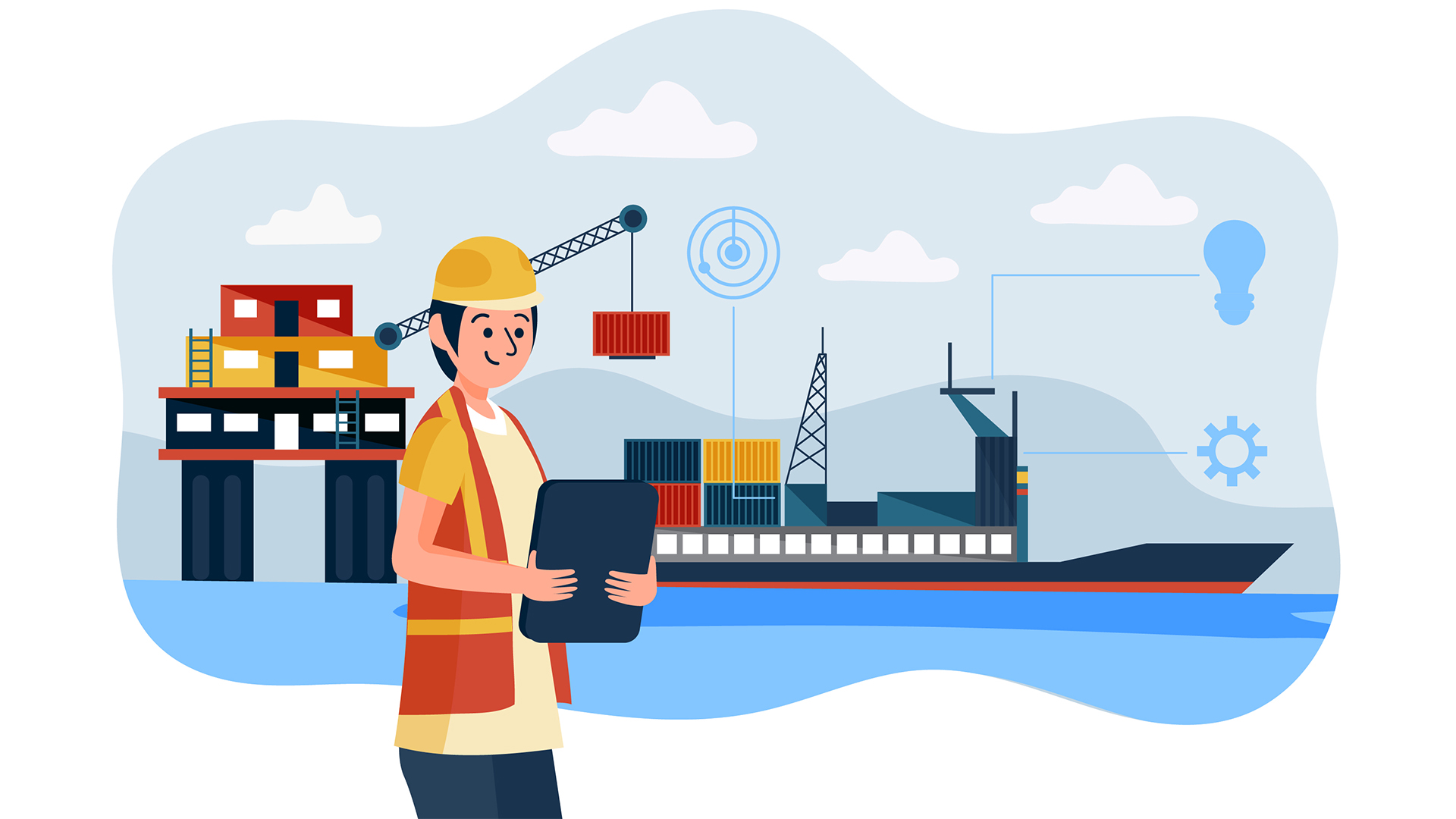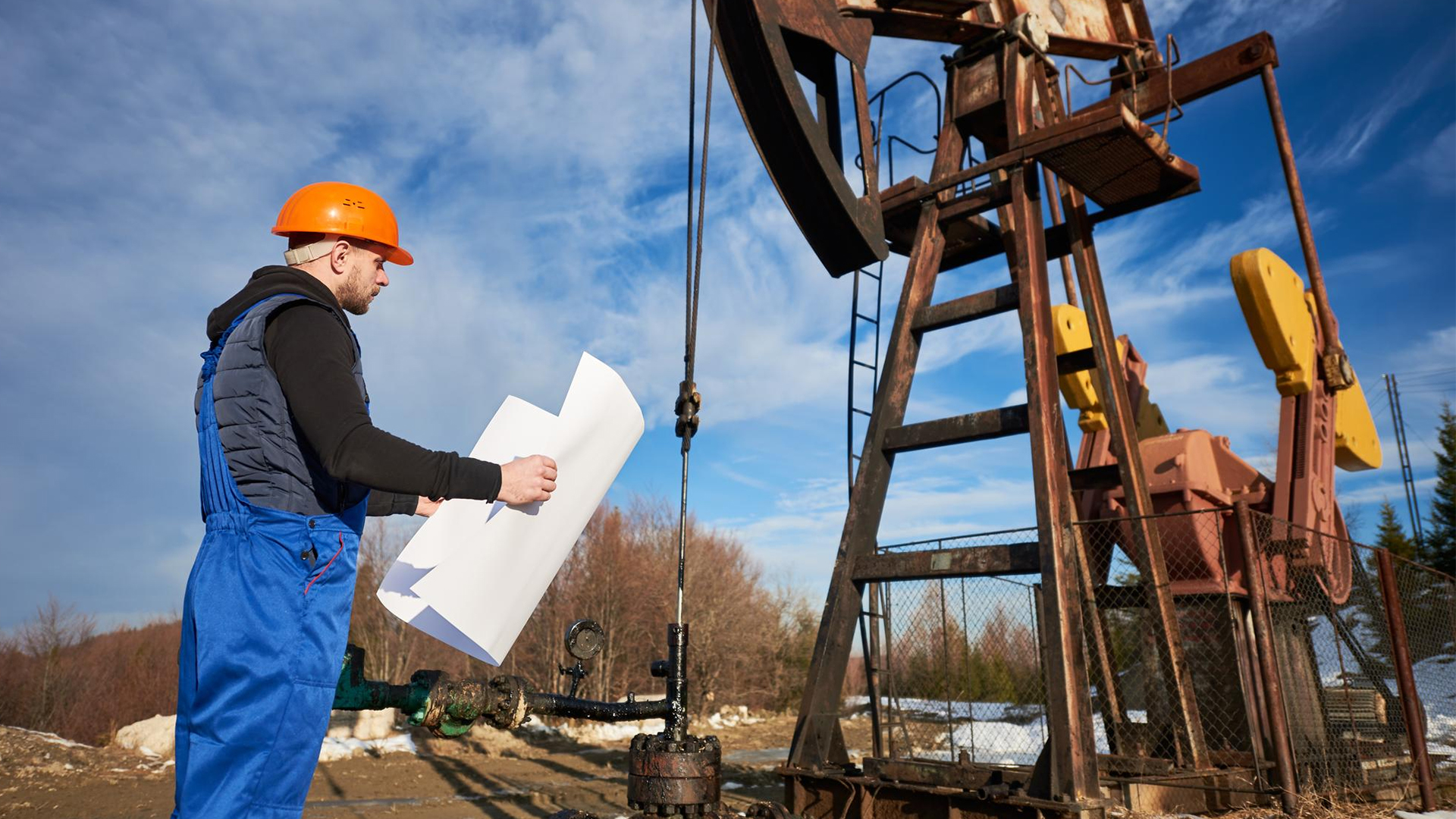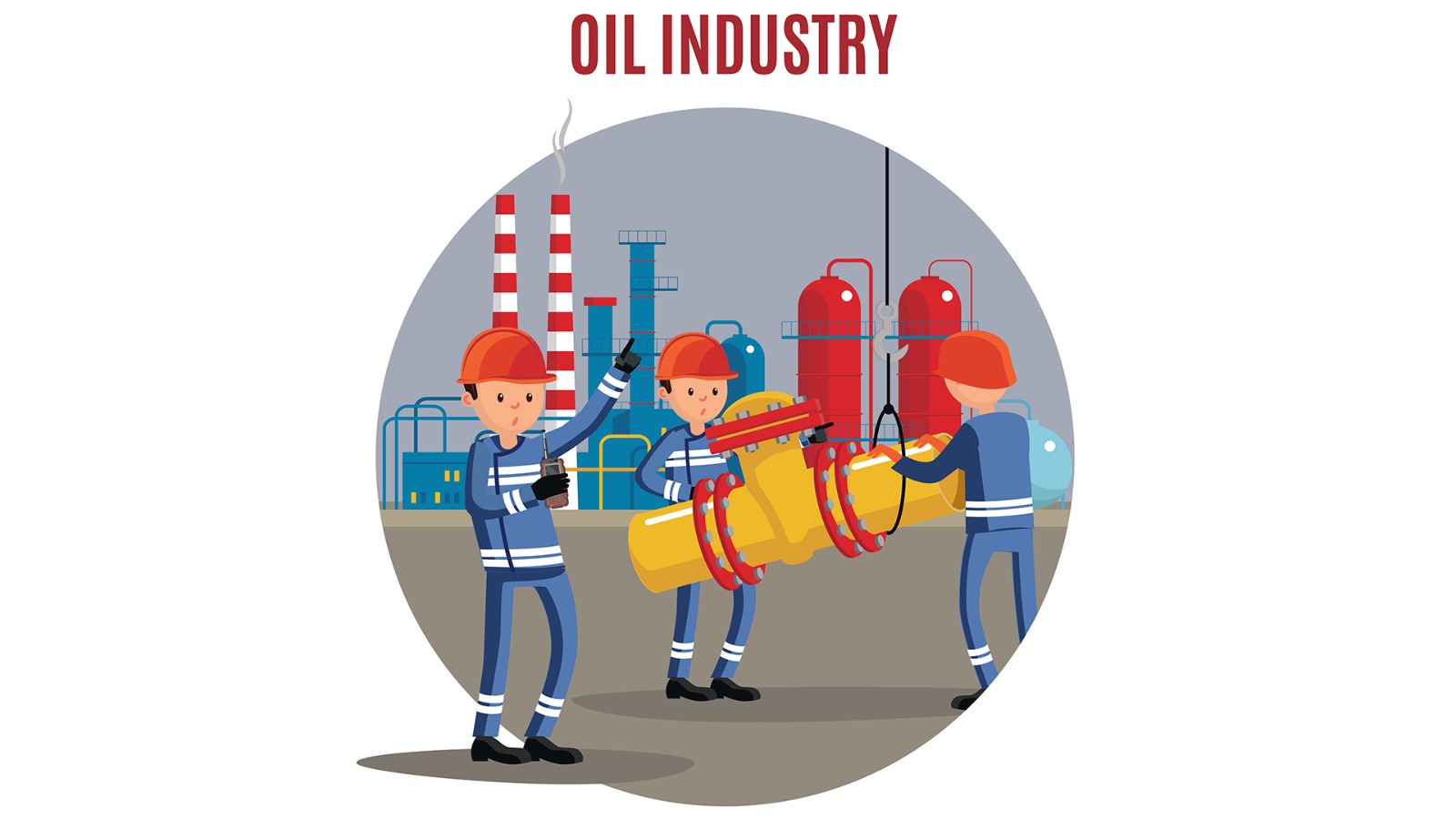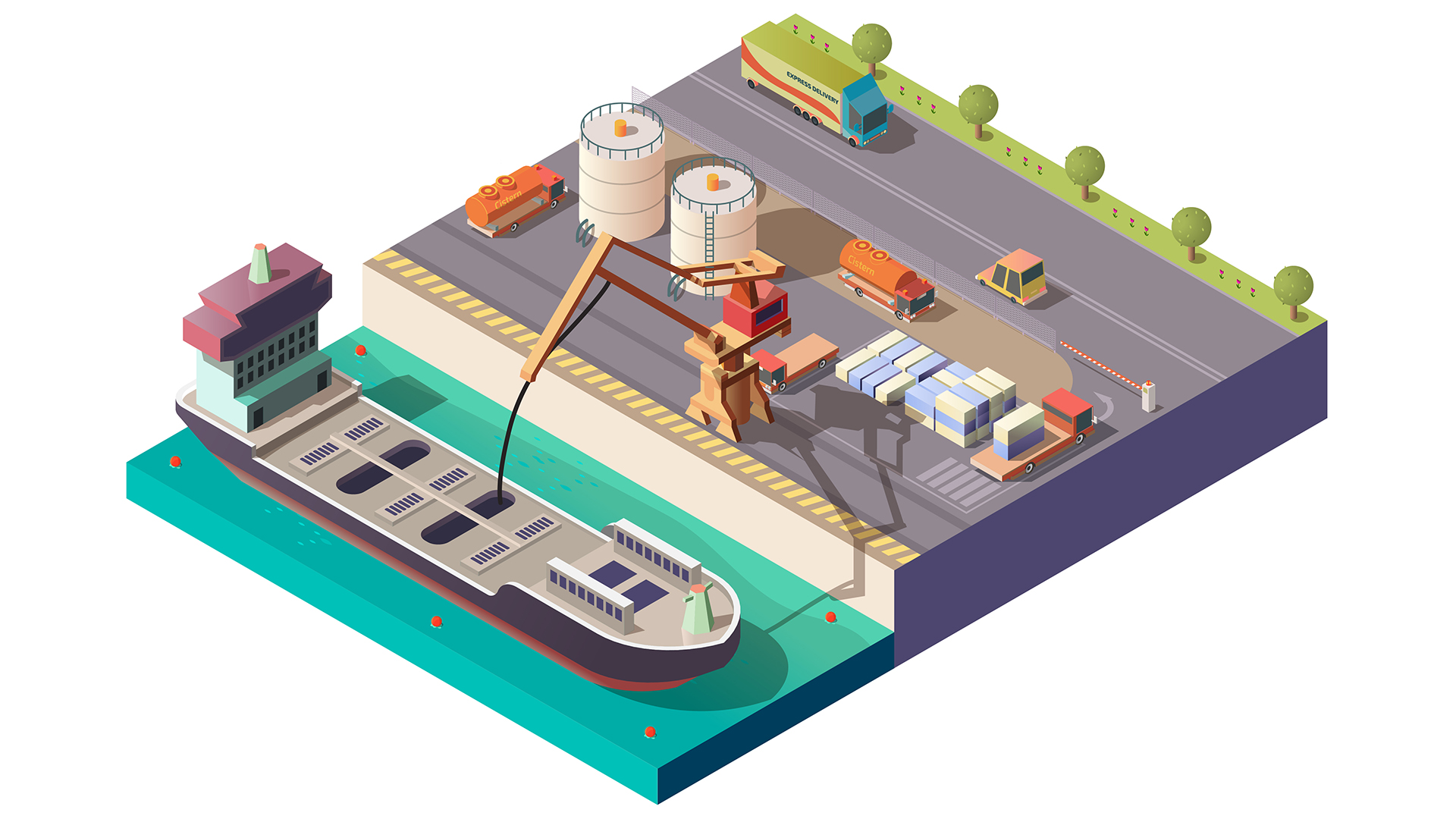
MLC And Seafarers Employment Agreement
Course overview
The International Labor Organization (ILO) accepted the MLC, commonly known as the Maritime Labor Convention, as a global labor standard. For all seafarers, MLC 2006 prescribes minimal living and working conditions.
At the ILO convention in February 2006, the government, employer, and worker representatives adopted MLC 2006, often known as the “Seafarers’ Bill of Rights.” The MLC 2006 is distinctive in that it seeks to guarantee economic interests through fair competition for quality ship owners and to provide seafarers with good employment.
The overall goals of MLC 2006 go beyond creating decent working and living conditions for all seafarers around the world. They also include ensuring that governments and ship owners are committed to improving working and living conditions for seafarers; establishing control and enforcement mechanisms to ensure fair competition; and establishing the minimal requirements for things like employment conditions, housing, recreational amenities, food and catering, health and medical care, etc.
The convention has incorporated and implemented rules from other reputable international organizations with a variety of focuses.
By enhancing shipping practices and conventions, effective national implementation of MLC 2006 could lead to decent work and social conditions for seafarers and help the safety and security and environmental protection objectives of some organizations.
Introduction
MLC 2006 is regarded as ushering in a new era for ILO’s standard-setting activities, particularly in the marine industry. It has been created to be easily enforceable, rapidly updateable, and internationally applicable.
With the help of this Training Bee training course, you will be fully informed and knowledgeable about MLC 2006. Additionally, this course will assist you in analyzing the procedures, rules, and guidelines of your organization regarding the living and working circumstances of personnel (seafarers) and in making changes as needed to achieve conformity with generally acknowledged and accepted standards.
The course material for the ILO Maritime Labor Convention (MLC) gives you a thorough overview and in-depth knowledge of the rules contained in the convention to assist you in inspecting certain areas of focus for standard adherence and compliance.
Participants knowledge, experience, and exposure from this course will enable you to take on sensitive, specialized roles in setting and enforcing standards for seafarers and various facets of their work and lives. This will give you a variety of opportunities to showcase your abilities and foster faster career growth and advancement.
We are The Training Bee, a global training and education firm providing services in many countries. We are specialized in capacity building and talent development solutions for individuals and organizations, with our highly customized programs and training sessions.
Learning Objectives
Upon completing ILO Maritime Labor Convention (MLC), Regulations, Compliance and Seafarers Employment Agreement, participants will be able to:
- Comprehensive understanding of MLC 2006
- The exposure and knowledge required to be able to evaluate and compare the organization’s policies and procedures regarding the living and working circumstances of seafarers with those outlined in MLC 2006
- The necessary self-assurance to establish international standards within an organization and to maintain long-term compliance and adherence to the same
- Due to knowledge of international laws and regulations, one is exposed to them, has the opportunity to do so, and is subsequently equipped to take on important positions both inside and outside of their organization.
- Having the assurance and foresight to carry out audits to verify ongoing attainment of goals and objectives and full compliance with rules and specifications as per MLC 2006
Our Unique Training Methodology
This interactive course comprises the following training methods:
- Journaling – This consists of setting a timer and letting your thoughts flow, unedited and unscripted recording events, ideas, and thoughts over a while, related to the topic.
- Social learning – Information and expertise exchanged amongst peers via computer-based technologies and interactive conversations including Blogging, instant messaging, and forums for debate in groups.
- Mind mapping and brainstorming – A session will be carried out between participants to uncover unique ideas, thoughts, and opinions having a quality discussion.
- Interactive sessions – The course will use informative lectures to introduce key concepts and theories related to the topic.
- Presentations – Participants will be presented with multimedia tools such as videos and graphics to enhance learning. These will be delivered engagingly and interactively.
- Case studies – Participants will be presented with realistic scenarios and case studies that demonstrate effective strategies related to the topic. These activities will encourage participants to think critically and apply their knowledge to real-life situations.
Training Medium
This ILO Maritime Labor Convention (MLC), Regulations, Compliance and Seafarers Employment Agreement training is designed in a way that it can be delivered face-to-face and virtually.
Course Duration
This training is versatile in its delivery. The training can be delivered as a full-fledged 40-hour training program or a 15- hours crash course covering 5 hours of content each day over 3 days
Pre-course Assessment
Before you enroll in this course all we wanted to know is your exact mindset and your way of thinking.
For that, we have designed this questionnaire attached below.
- Why was the Maritime Labor Convention (MLC) created? What does it do? Give a succinct description of the goals.
- Describe the categories of ships and seafarers that the MLC covers. What are the main rules that concern these ships and seafarers?
- Identify the national and international regulatory organizations in charge of upholding the MLC and guaranteeing compliance.
- List a few of the basic safeguards and rights that seafarers are granted by the MLC, such as working conditions, health care, and social security.
- What guidelines does the MLC include for the working and resting hours of seafarers? Why are these laws necessary for the safety of seafarers?
- Describe the MLC standards for mariners’ workplace safety and health. How do these rules improve the safety of the working environment aboard ships?
Course Modules
This ILO Maritime Labor Convention (MLC), Regulations, Compliance and Seafarers Employment Agreement covers the following topics for understanding the essentials of the Agile Workplace:
Module 1 – Constraints Affecting MLC 2006
- 1930’s Forced Labor
- The 1948 law Freedom of Association and Protection of the Right to Organize
- Collective bargaining and the Right to Organize, 1949
- 1951 Equal Remuneration
- 1957 saw the end of forced labor.
- Employment and occupation discrimination, 1958
Module 2 – Rule 1: Minimum Standards for Seafarers Working on Ships
- Rule 1.1: Age requirement
- Rule 1.2: Health certificate
- Rule 1.3: Education and credentials
- Rule 1.4: Placement and hiring
Module 3 – Rule 2: Employment Conditions
- Rule 2.1: Employment contract for seafarers.
- Rule2: Compensation.
- Rule 2.3: Work and rest hours.
- Rule 2.4: Right to depart.
- Rule 2.5: Repatriation is covered.
- Rule 2.6: Compensation for Seafarers in the Event of Ship Loss or Sterling
Module 4 – Rule 3: Accommodation, recreation, food, and catering are all covered under
- Rule 3.1: Facilities for lodging and recreation are covered.
- Rule 3.2: Catering and Food
Module 5 – Rule 4: Welfare, Social Security, Health, and Medical Care Protection
- Rule 4.1: Medical care on board and ashore is covered.
- Rule 4.2: Shipowners’ accountability.
- Rule 4.3: Protection of health and safety/prevention of accidents.
- Rule 4.4: Access to welfare facilities ashore is permitted.
- Rule 4.5: Social Security
Module 6 – Rule 5: Compliance and Enforcement
- Rule 5.1: Flag state obligations
- Rule 5.2: The duties of the port state
- Rule 5.3: Responsibilities for providing labor
Module 7 – Seafarers’ rights under the MLC of 2006
- Workplace that is safe and secure and complies with requirements
- Fair employment conditions
- Decent aboard circumstances for living and working
- Protection of one’s health, access to care, and other welfare measures
Module 8 – Aliens to the MLC 2006
- Ships used for fishing or other activities
- Traditional-built vessels, such as dhows and junks
- Warships or naval support vessels
Post-course Assessment
Participants need to complete an assessment post-course completion so our mentors will get to know their understanding of the course. A mentor will also have interrogative conversations with participants and provide valuable feedback.
- Describe the main aims and scope of the Maritime Labor Convention (MLC) and how it seeks to safeguard seafarers’ rights and welfare.
- List and briefly define at least three of the fundamental protections and rights that seafarers are given under the MLC.
- Describe the MLC rules governing the working hours and rest intervals for sailors. Why are these laws so important for the health and safety of seafarers?
- Describe the provisions of the MLC for mariners’ workplace safety and health. How do these actions improve safety for maritime workers?
- What is a Seafarers’ Employment Agreement (SEA) and what are its main parts? Why is the SEA so important to shipowners and seafarers?
Lessons Learned
Rights and wellbeing of seafarers: The MLC has emphasized how crucial it is to protect seafarers’ rights, safety, and wellbeing. The treaty provides a crucial framework for ensuring seafarers are treated fairly and with respect, and participants have learned that these rights are non-negotiable.
Universal Applicability: A crucial lesson learned from the MLC is its universal applicability. It emphasizes that seafarers’ rights are universal and should not be compromised because it applies to all ships, regardless of their flag.
Standardized Employment Agreements: The importance of SEAs in ensuring transparency and protection for both seafarers and shipowners has been understood by participants. They now know that these contracts form the basis for all employment terms and conditions.
Working Conditions: The significance of MLC legislation regarding working conditions, working hours, and rest times is a key lesson learnt. For the sake of promoting the health and safety of seafarers and preventing weariness, compliance with these requirements is crucial.
Control by the flag state and the port state: The functions of these authorities in enforcing MLC compliance have been clarified. Participants now recognize the value of the two-tiered oversight mechanism that guarantees efficient enforcement.
Enforcement Mechanisms: The seminar focused on the enforcement procedures and possible sanctions for breaking MLC regulations. Participants are aware that these safeguards are necessary to guarantee that the convention’s requirements are followed.







